The Benefits Of Ankle Braces For Athletes
The ankle is a hinge joint that includes three bones, several tendons and ligaments, nerves, and blood vessels. The three bones, the tibia, the fibula, and the talus come together with articular cartilage in between. This cartilage is smooth and slick, allowing the bones to move against one another smoothly and painlessly and also acts a shock absorber. The structures are held together with ligaments that attach the bones to one another and tendons that attach bones to muscles. All of these must work together, with nerves and blood vessels running through them, for the lower legs, ankles, and feet to function properly.
Benefits Of Ankle Braces For Basketball Players
The ankle is the part of the body that suffers the most in basketball. Moving quickly down the court, changing directions at top speeds, jumping, landing, and collisions with other players means that the ankle is at risk for overextension and overuse. The most common causes of ankle injuries in basketball players is landing awkwardly after jumping for a rebound, stepping or landing on another basketball players’ shoe and colliding with another player during a layup. A good ankle brace will help the player avoid these injuries or minimize the damage from them.
The best ankle support for many basketball players is a durable, lace-up ankle brace, which will help control inversion and eversion of the ankle. This type of brace is less bulky and fits easily into a basketball shoe. Lace-up braces also have the feel and compression effects of athletic tape without the hassle and with greater support.
Semi-rigid ankle braces are also a popular choice for basketball players who require mid-level protection when coming back from a severe injury or with a history of rolling their ankles. These ankle braces are lightweight, easy to put on and offer support without the bulk of laces, stays, and straps.
Benefits Of Ankle Braces For Soccer Players
Ankle sprains are one of the most common injuries sustained by soccer players due to the frequent quick cuts, kicking, and change of direction, as well as contact with other players. A well chosen ankle brace can help to treat or prevent an ankle injury on the pitch by restricting it from positions in which these injuries can occur.
Ankle braces equipped with rigid bilateral hinges will help to prevent medial and lateral ankle sprains. The hinges significantly reduce the range of motion in those directions that are likely to result in injury.
A lace-up ankle brace functions similarly. This kind of brace supports and stabilizes the ankle and prevents movement beyond safe limits. They are not rigid and offer somewhat less medial and lateral support. Most of these ankle braces can be worn under footwear – a key advantage for soccer players returning to training after experiencing an injury.
Ankle compression sleeves and socks are most appropriate for treating chronic conditions like plantar fasciitis or tendonitis. These braces are highly effective for alleviating pain and inflammation from conditions such as these. As with lace up braces, athletes can wear these supports on an everyday basis under any type of footwear.
Ankle Bracing Benefits For Volleyball Players
According to the National Athletic Trainers’ Association, 24 per cent of all injuries sustained by volleyball players are ankle-related, making it the most common injury in the sport. It’s clear from this statistic that ankle protection is imperative in volleyball. Volleyball involves sudden, sharp movements, and without protection, these actions can place significant stress on the ankles. The benefits of ankle braces are therefore particularly relevant to these athletes.
Front-row volleyball players are more susceptible to ankle injuries from sharp lateral movements, frequent jumping and dangerous contact under the net. Rigid braces provide the maximum protection available from an ankle brace. These ankle supports usually have offset bilateral hinges and multi-point strapping systems with a tighter and more comprehensive fit.
Back Row Players are also in need of protection. However, the defensive movements that they usually make require a higher level of mobility which may not be compatible with rigid braces.. Rigid braces with open, padded interiors and rigid exterior support will provide comprehensive inversion protection without compromising the mobility that is essential to these players.
Alternatives for volleyball players include lace-up braces, which provide the feel and protection of an athletic tape job, and ankle sleeves, which offer low-profile ankle support and act like a compression sleeve.
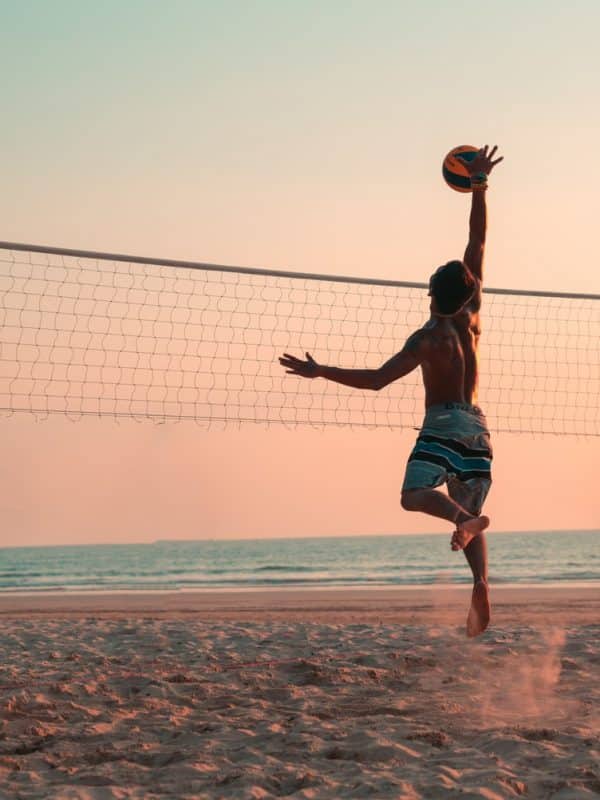
Ankle Brace Benefits For Runners
Our legs absorb most of the shock between our feet and the ground as we run. This means running can put a lot of stress on the ankles, leading to knee pain and injury. Ankle sprains are common when running on uneven surfaces like trails. Runners with chronic ankle instability may also feel unsteady when running which is where an ankle brace will be of great benefit. Among the many other benefits of ankle braces for runners are the extra support and compression they provide to keep your joints healthy and alleviate pain.
A Bio Skin Trilok ankle brace is one of the best-suited supports for helping runners with ankle injuries or chronic ankle issues. This brace will treat conditions like tendon tears, plantar fasciitis, posterior tibial tendon dysfunction and ankle sprains. The ankle brace’s FootLok strap provides arch support, lateral and medial unloading and structural support from the stabilizing stirrup straps.
Alternatives to the Trilok include ankle wraps and sleeves that fit into running shoes and help evenly distribute the shocks that the ankle constantly receives while running to prevent injuries common to the sport such as stress fractures.
For more information on this subject, we would suggest our posts on how an ankle brace can help runners recover from injuries and on the causes of and treatments for ankle instability.


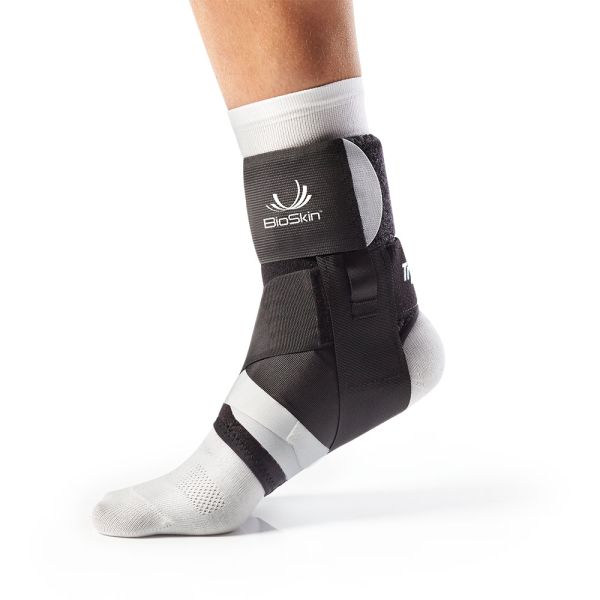
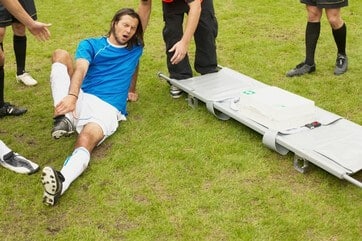

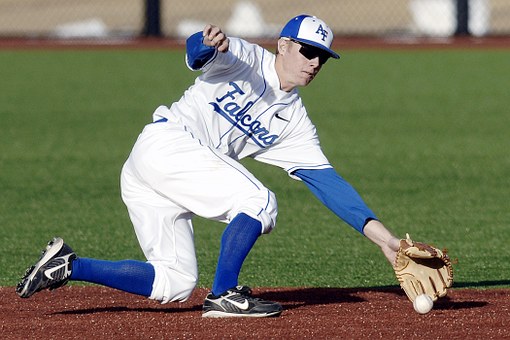

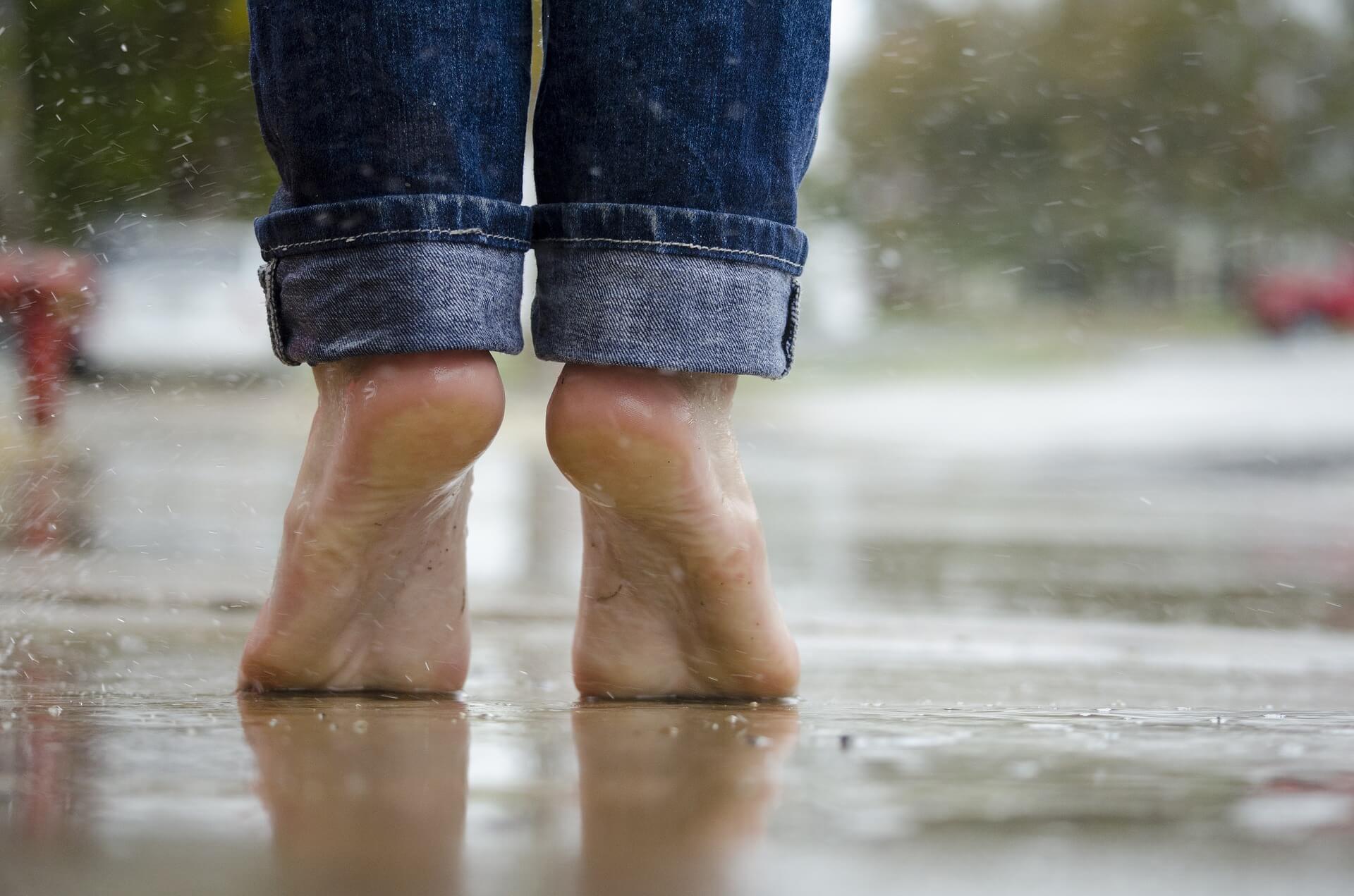
I have bad wobbly ankles that causes me to lose balance while dancing, especially in turning 90 and 180 degrees ( pivots and ochos).
Looking on using ankle braces under the socks only while dancing for ankle support and no other time.
Thevothervoption is physical therapy.
Any suggestions?